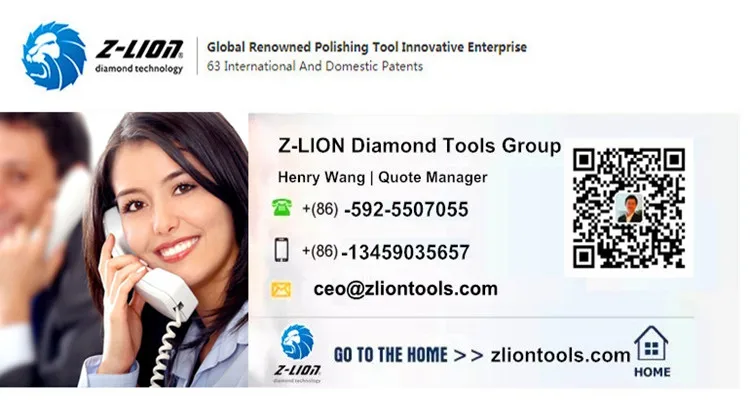Key words diamond materials, 5G|2019-10-22 10:05:49|Source China Superhard Materials Net
With the rapid development of electronic technology, communication technology has gradually entered the 5G era. While semiconductor materials are constantly being updated, integrated circuits are also moving in the direction of large-scale, high-integration, and high-power. The application of wide-bandgap semiconductor materials represented by SiC and GaN has led to the rapid development of insulated gate bipolar transistors (IGBTs) and is opening up a new generation of information technology.

High power and high current density are the development trend of IGBT chips, which will inevitably cause overheating of electronic components. The research data shows that when the surface temperature of the chip reaches 70~80 °C, the chip reliability decreases by 5% for every 1 °C increase in temperature, and the failure mode of electronic equipment exceeding 55% is caused by excessive temperature. To solve the heat dissipation problem, in addition to using more efficient cooling technology, it is extremely urgent to develop a new lightweight electronic packaging material with a thermal conductivity greater than 400W/(m·K) and a matching expansion coefficient with semiconductor materials. As a new class of electronic packaging materials, diamond/metal composite materials have gradually entered the center of the stage after more than ten years of research and development.
The main properties of diamond
Diamond has excellent forbidden band width, high hardness and thermal conductivity, high electron saturation drift speed, high temperature resistance, corrosion resistance, radiation resistance, etc., in high voltage and high efficiency power electronics, high frequency and high power microelectronics, deep Ultraviolet optoelectronics and other fields have extremely important application prospects. Diamond has the highest thermal conductivity (2200W/(m·K)) of the known natural materials, 4 times larger than silicon carbide (SiC) and 13 times larger than silicon (Si), than arsenic (GaAs). 43 times larger, 4 to 5 times that of copper and silver. At present, there are many possibilities for heat-dissipating composite materials of diamond/metal.
Diamond heat conduction principle
Diamond is a cubic crystal formed by covalent bonding of carbon atoms. Many of the ultimate properties of diamond are direct results of the sp3 covalent bond strength and the small amount of carbon atoms that form a rigid structure. Metals conduct heat through free electrons, and their high thermal conductivity is associated with high electrical conductivity. In contrast, heat conduction in diamond is only done by lattice vibration (ie, phonons). The strong covalent bond between the diamond atoms makes the rigid lattice have a high vibration frequency, so its Debye characteristic temperature is as high as 2220K. Since most applications are much lower than the Debye temperature and the phonon scattering is small, the phonon-mediated heat transfer resistance is extremely small. However, any lattice defect produces phonon scattering, which reduces thermal conductivity, which is an inherent feature of all crystalline materials.
Introduction of electronic packaging materials
Electronic packaging materials are packaging materials with low thermal expansion coefficient and high thermal conductivity for the microelectronics industry. They are widely used in various packaging fields such as semiconductor devices, integrated circuits, automobiles, military and aerospace. Its purpose is to protect electronic components from external interference such as dust, moisture, shock, vibration and chemicals. It can support the device and derive the heat generated by the electronic components to provide a stable environment for the electronic device to work properly. Therefore, as an electronic packaging material, there are the following requirements.
(1) Good air tightness: to ensure that the electronic device is free from external interference and provide a good working environment for semiconductor materials;
(2) High thermal conductivity: The heat dissipation of new electronic components requires that the electronic packaging materials of the new era have ultra-high thermal conductivity to meet their heat dissipation needs;
(3) a coefficient of thermal expansion (CTE) matching the semiconductor material;
(4) High strength and rigidity: able to provide good mechanical support and protection for electronic components;
(5) Good processing and welding performance: it can be processed into various complicated shapes and is easy to package;
(6) Low density: meeting the needs of lightweighting of new electronic devices, enabling them to be used in aerospace and other fields;
(7) Reliable performance and low cost: It can expand the application range of electronic packaging materials, making it widespread and civilized.

Table 1: Performance parameters of chips and common electronic packaging materials

Table 2: Comparison of advantages and disadvantages of common electronic packaging materials
On the whole, as a fourth type of packaging material, metal matrix composite materials are expected to be high. At present, diamond/Cu composite materials and diamond/Al composite materials are the focus and hotspot of research. Taking diamond/Cu composite as an example, after determining the size and crystal form of copper matrix and diamond particles, selecting the appropriate preparation process is an important factor to determine whether the composite material can successfully obtain excellent thermal properties and ideal interface structure.
Preparation
The preparation method of the diamond/copper composite mainly includes a high temperature and high pressure method, a hot press sintering method (powder metallurgy method), a discharge plasma sintering method, an extrusion casting method, a spray deposition method, and the like. The following is a brief introduction to the various methods.
High-temperature and high-pressure method: This method is commonly used in the preparation and synthesis of super-hard materials, and only samples with simple shape and regularity can be prepared, and the preparation conditions are harsh, so the cost is high.
Hot pressing sintering method: This method is developed on the basis of powder metallurgy. The diamond particles and the metal powder are uniformly mixed and placed in a pre-designed mold, and subjected to heating, pressurization and pressure holding under appropriate vacuum conditions. Composite materials can be obtained by cooling, demoulding, etc. The hot press sintering method can prepare composite materials with adjustable properties by adjusting the content of each component, but there are also some shortcomings, such as high requirements for raw materials, enhanced phase The volume fraction is not easy to exceed 55%, otherwise the composite material is difficult to be dense.
Discharge plasma sintering method: a new type of powder metallurgy technology for rapid formation of composite materials by using plasma generated by the upper and lower die punches and energized electrodes to form a plasma discharge between the powders, discharge activation, thermoplastic deformation and cooling. Due to the low voltage and high current, the powder is sintered in a short time and densified. Although the spark plasma sintering method has a fast heating rate, a simple process, and a short sintering time, since the discharge plasma sintering is also limited by the volume fraction of the diamond, it is difficult to achieve ultra-high thermal conductivity, and further increase the volume of the diamond. The score is not sintered.
Squeeze casting method: The principle refers to a technique in which a semi-solid or liquid metal is filled and cooled under pressure and finally solidified. When the diamond/copper composite is prepared by extrusion casting, the diamond particles need to be placed in the mold cavity to be shaken and shaken, and then the molten metal (element or alloy) liquid is injected and pressure is applied. The method for preparing the composite material requires designing the shape of the mold, and the melting point of the poured metal liquid is not too high, so this method is mostly used for preparing the diamond/aluminum composite material.
Spray deposition method: by placing two kinds of mixed powder into a furnace, after metal melting, liquid metal atomization process, spray deposition on the substrate plate. The utility model has the advantages that the material mixing, the spraying and the deposition of the composite material can be completed in one step, the solidification can be rapidly solidified, the solidification segregation and segregation of the reinforcing particle phase in the metal melt are solved, and the composite material is also solved because of the fast cooling speed. An excessively interfacial reaction occurs between the components in the middle, and the schematic diagram is as follows.

Schematic diagram of composite preparation by spray deposition
Infiltration method: This method is a process of filling a porous reinforcement preform 8 in a molten state by using a metal or an alloy having a lower melting point than the reinforcing body. The porosity is the volume fraction of the matrix filling, and the infiltration can be divided into pressureless infiltration. Infiltration with pressure. The pressureless infiltration method generally prepares two materials having a wetting angle of less than 90° (good wettability), which mainly relies on the pores inside the preform to generate capillary force to the metal melt to suck the metal melt into the interior. The pressure infiltration is at a temperature above the melting point of the metal, and the metal melt is infiltrated into the gap of the preform by applying mechanical pressure or inert gas pressure. Compared with pressureless infiltration, the time required for pressure infiltration preparation is shorter, and the obtained composite material is more compact, which is favored by researchers.
The thermal conductivity of diamond/copper composites is mainly limited by the composite interface design and preparation process, specifically the copper matrix, the intrinsic thermal conductivity of diamond, the volume fraction of diamond, the particle size, and the improvement of the interface between the two. It is also very important. Generally, the crystal form is complete, the nitrogen content is low, and the diamond of 100-500 um is used as the reinforcing phase of the composite material to prevent the surface from being transformed into the graphite-like phase, and the volume fraction of the diamond in the composite material is improved, which is helpful for obtaining high quality diamond/ Copper composite.
In the face of ever-increasing power density semiconductor components, it is worthwhile to expect a diamond/metal composite to achieve rapid heat removal. Welcome to participate in the 4th International Carbon Materials Conference and Industry Exhibition, and discuss with the Associate Professor Wei Qiuping of Central South University to discuss the application of diamond in the field of electronic packaging and phase change heat storage intelligent temperature control.
At the same time, the conference also had the honor to invite Wei Qiuping as the workshop chairman to discuss the opportunities and development of diamond composite materials in the field of heat conduction and heat dissipation.

-All diamond tools can be ordered and fabricated!
- Henry Wang | Quote Manager
Henry Wang | Quote Manager
-WhatsApp:+86-13459035657
-Email: ceo@zdiamondtools.com
-Web www.zdiamondtools.com
Company Profile
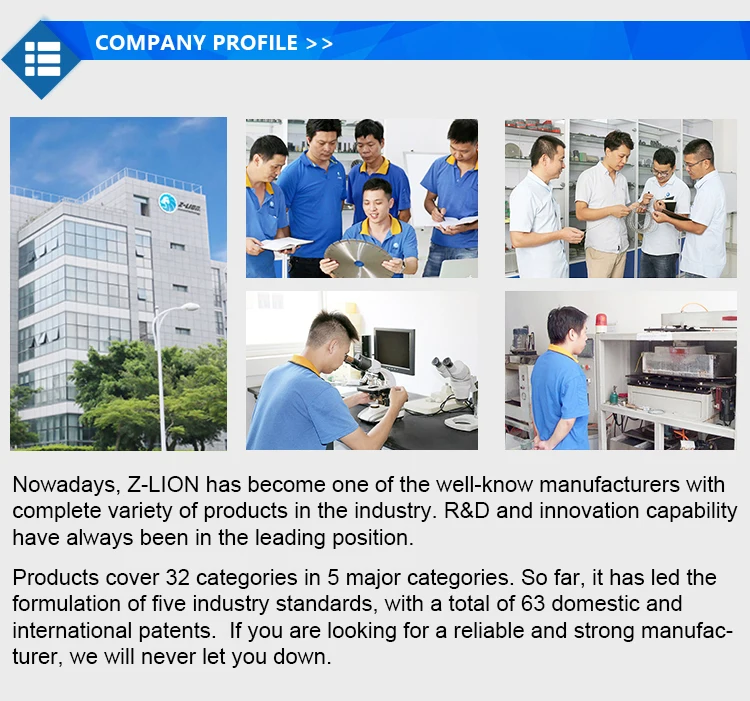
Certifications
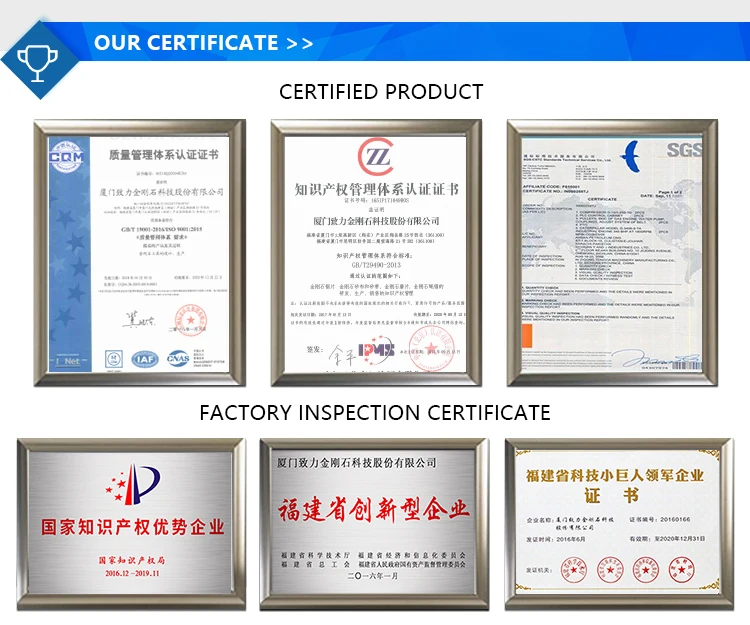
Company Team
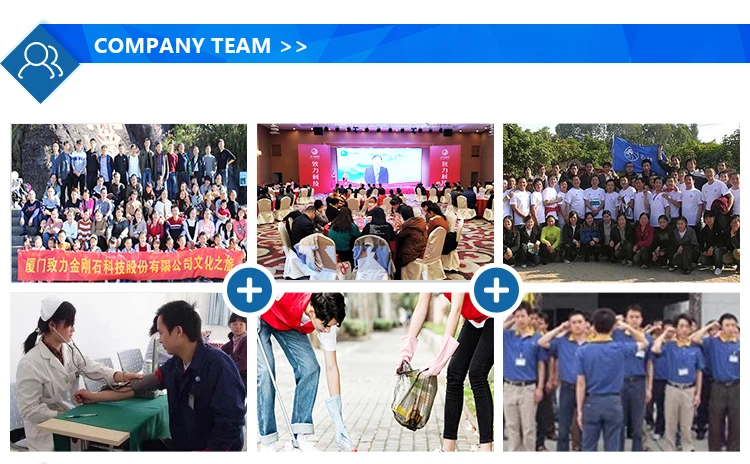
Exhibition
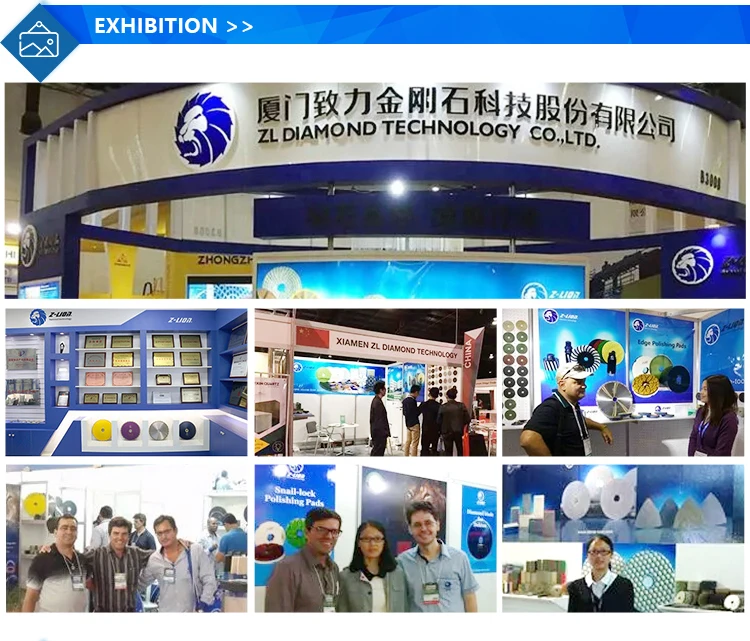
Logistics

FAQ

